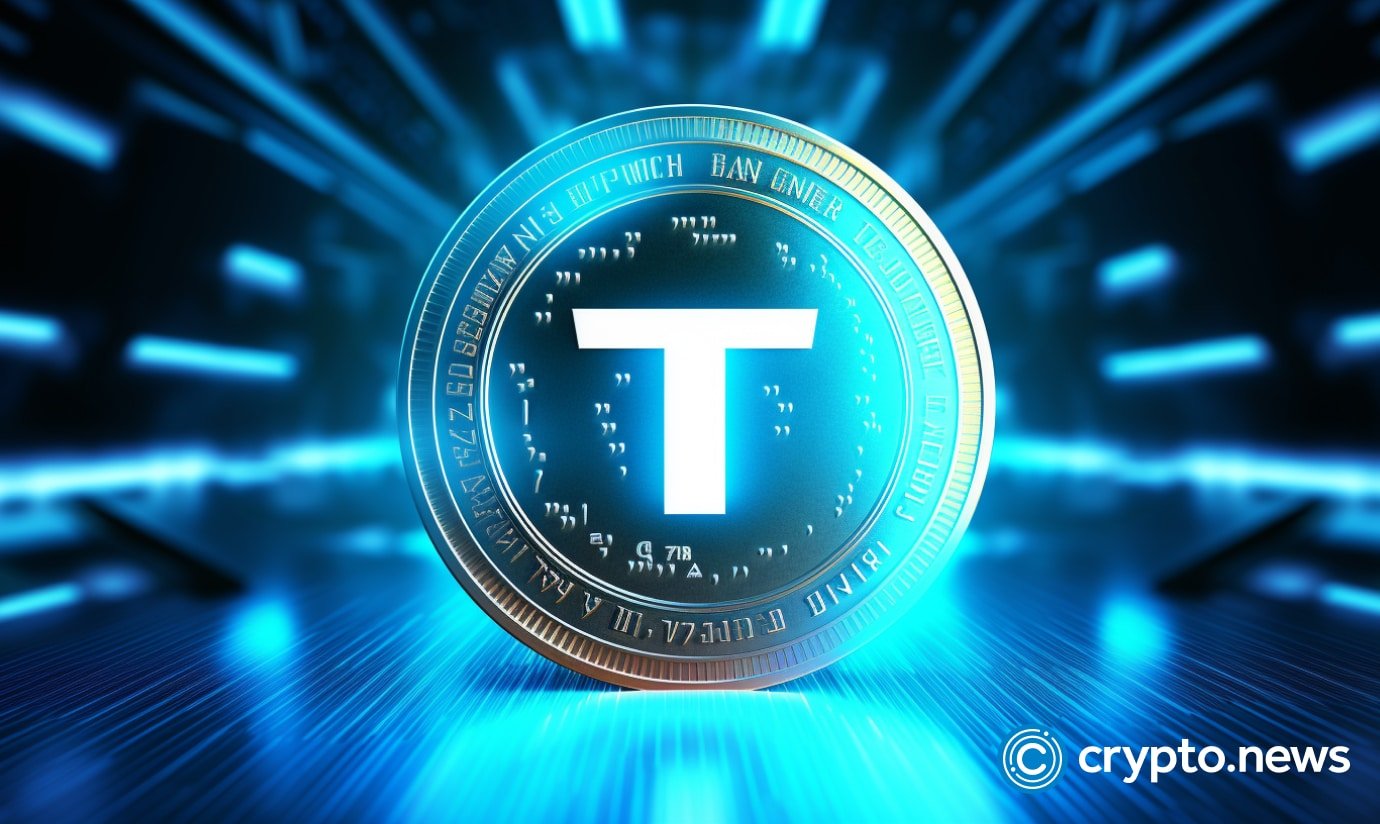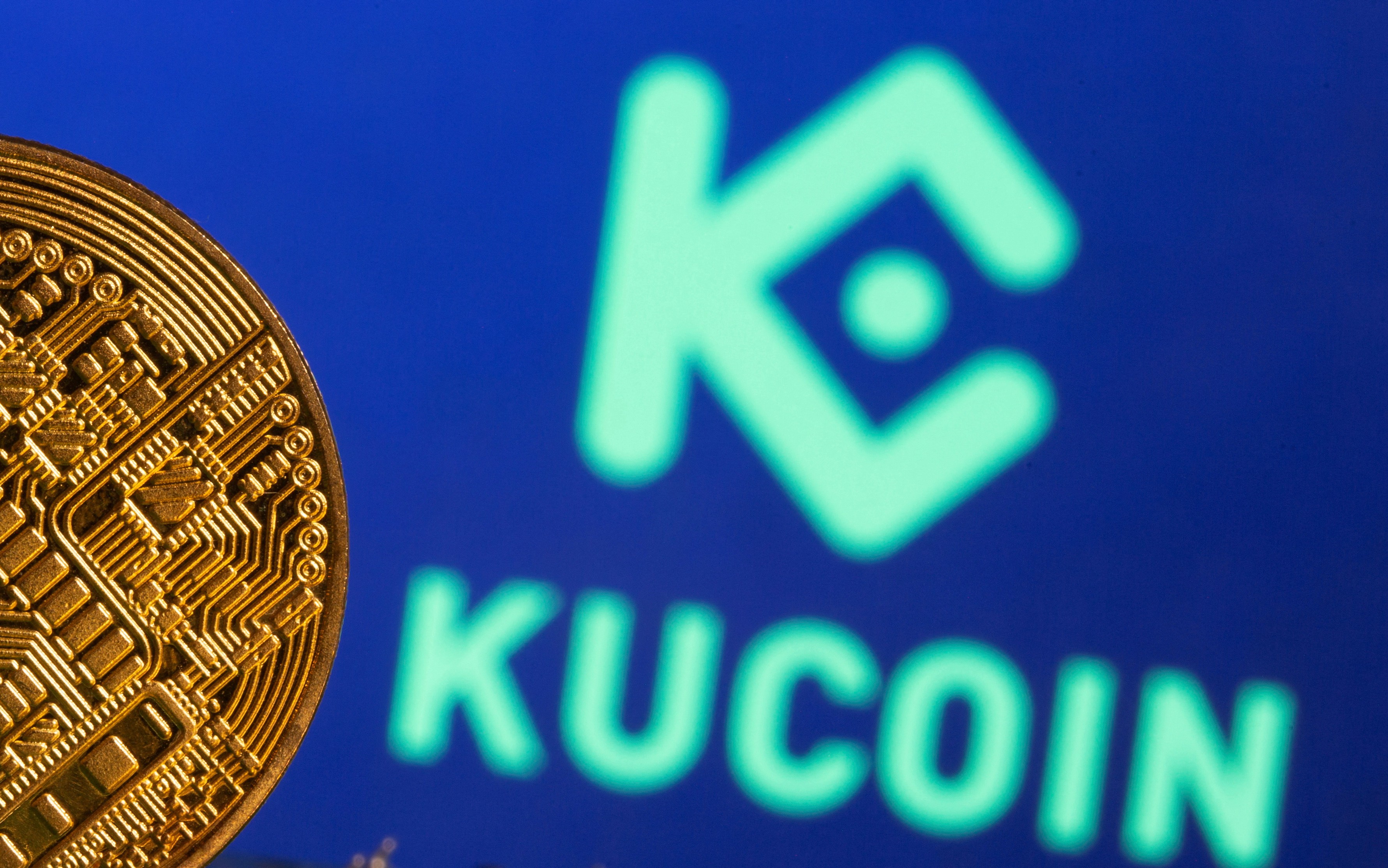LSDFi empowers decentralized finance through unparalleled capital efficiency and yield opportunities.

Cover art/illustration via CryptoSlate. Image includes combined content which may include AI-generated content.
The following is a guest post and analysis from Shane Neagle, Editor In Chief fromThe Tokenist.
With Bitcoin dominance climbing to a 4-year high of 63%, it is clear that the altcoin market is not doing so well. Many a memecoin has sullied the crypto experience, alongside constant generation of new tokens that dilute the market.
Nonetheless, it remains the case that the underlying promise of blockchain technology is to remove the middlemen from financial transactions. More importantly, to innovate peer-to-peer finance in a way that leaves legacy banking behind.
One such clear example of pushing financial innovation is LSDFi, short for liquid staking derivatives finance. Traditional finance (TradFi) can’t replicate it in its current legacy framework. This alone makes it likely for the non-Bitcoin aspect of crypto to persevere.
Let’s take a look at how LSDFi redefines capital efficiency, and how to best leverage LDSFi.
How Does LSDFi Out-Engineer TradFi?
In TradFi, we have many financial primitives, with the most common being cash, loans, mortgages, bonds, stocks and derivatives. These are the core blocks with which legacy finance builds, stores and transfers value to erect a modern economy. Financial instruments, such as ETFs, are then used to manipulate these primitives for tailored purposes.
In blockchain-powered decentralized finance (DeFi), the primary primitive is the smart contract such as ERC-20, representing types of assets. The smart contract, as self-executing code on the blockchain working 24/7, is the key reason why DeFi is so much more flexible and innovation-friendlier compared to TradFi.
In the case of LSDFi, this is played out in the following way:
- Through self-custodial wallets like MetaMask or Trust Wallet, users stake their primary asset, typically Ethereum (ETH).
- Staking is an integral feature of proof-of-stake (PoS) blockchains. Replacing energy-demanding compute power present in Bitcoin’s proof-of-work (PoW) network, staking capital serves the same function of securing the network as a type of collateral against misbehavior.
- Beyond basic staking, DeFi protocols like Lido add an additional layer of flexibility through staking pools, enabling any amount to be staked plus accrued rewards for securing the network.
- In turn, such protocols generate a derivative token, in Lido’s case stETH, representing staked capital. In other protocols like Rocket Pool, the derivative token would be rETH.
- These tokens, as liquid staked derivatives (LSDs), unchain the user from locked capital, which is why they are called liquid.
- As such, LSDs are usable as composable primitives in loan collaterals and yield farming, in which users provide liquidity for token pools tapped for borrowing.
To put it differently in more precise terms, smart contracts make it possible to abstract away the inflexibility of native staking by issuing staking derivatives. These programmable assets enable users to retain yield exposure while unlocking liquidity.
No such analogue exists in TradFi. The closest parallel is a savings account, where deposited funds earn interest while the bank lends them out. But unlike DeFi, the depositor cannot re-deploy or leverage that savings capital elsewhere.
Derivatives in TradFi do exist as total return swaps, options or depositary receipts, but these are single-purpose built and siloed instruments. In contrast, LSDs are pluggable, modular financial blocks, free to roam between DeFi protocols to leverage liquidity.
Suffice to say, this is a major feat in financial engineering, derived from the following combination of features:
interoperability + transparency + capital efficiency
And as the utility of LSDs goes beyond their passive exposure, which DeFi protocols best leverage their unchained liquidity?
Where to Place LSDs?
Ultimately, the usefulness of LSDs depends on the usefulness of DeFi protocols that are ready to accept them as such. This already poses a problem as there are many liquid staking platforms churning different types of LSDs.
Lido ($22.18B TVL), Binance staked ETH ($5.4B TVL) and Rocket Pool ($1.6B TVL) are the largest ones within the Ethereum ecosystem, delivering 2.4% – 2.7% annual percentage rate (ARR) yields. For comparison, the average S&P 500 dividend yield hovers around 1.27% for 2024, lower than 2023’s 1.47%.
Of course, these established liquid staking protocols offer greater security and lower risks, the opposite of smaller DeFi platforms. After all, when there is high liquidity participation like in Lido, this dilutes rewards in the process, leading to lower yields.
Conversely, when the liquidity participation is relatively low, the yield goes up as an incentive to attract more participants to provide liquidity. Immediately, we see that this is a dynamic process that requires constant user attention.
However, this requirement alone erects a wall of complexity that is too high for most DeFi users to bother with. For this reason, DeFi protocols emerged to aggregate multiple LSDs to deliver yield opportunities. One such solution is Amplified Protocol, specifically designed to integrate many liquid staking tokens (LSTs – subset of LSDs) depending on changing liquidity conditions.
 Supported LSTs and their integration into other DeFi protocols. Image credit: Amplified Finance.
Supported LSTs and their integration into other DeFi protocols. Image credit: Amplified Finance.For mass adoption even within DeFi, it is clear that this “DeFi 2.0” push is necessary to fully leverage the potential of LSDs. In the meantime, legacy DeFi protocols like Yearn Finance eased LSD exposure through a combinatory token yETH. By depositing one of seven supported LSTs, users mint yETH at an APR comparable to large Lido yield, at around 2.7%.
In the meantime, investors should look beyond native tokens into stablecoins.
By being tethered to the dollar, stablecoins are more suited for the lending arena, as they mitigate price volatility. In turn, this creates greater demand, and greater demand for stablecoins leads to greater yields. Case in point, locking up ETH in Lybra Finance to mint eUSD stablecoin typically delivers an APY between 6% to 7%.
Likewise, Ethereum’s rival chains have lower DeFi market share, leading to higher liquidity demand. In Solana’s ecosystem, Jito Liquid Staking (JTO – $2.9B TVL) delivers an APY of 8.13%, in which SOL staking mints JitoSOL tokens – these can then move across DeFi apps similar to how users interact with perpetual futures contracts on centralized crypto exchanges—except with the added benefit of earning staking yield.
JitoSOL tokens can then be used in MarginFi, Kamino Finance or Drift to earn even more JitoSOL yield rewards for supplying this liquidity. At the moment, however, Solana’s JPool seems to deliver the highest yield for staked SOL, at 11.93% APY.
For investors looking to diversify liquid staking across multiple chains from a single platform, there is Meta Pool, currently holding TVL of $89.4 million across over 18k stakers and 8 supported chains.
The Bottom Line
LSDFi is a financial arena best suited for enthusiasts who have the time and curiosity to learn, experiment, and implement complex strategies. As with any intricate system, the more sophisticated it becomes, the more it introduces friction, deterring broad participation. For most, it is more expedient to speculate on memecoins, indulging in tokenized gambling despite their lack of fundamentals or utility.
Perhaps this is the greatest foible of DeFi and blockchain-powered finance. It is also the paradox of innovation: the most powerful tools are often the least accessible. While DeFi offers the promise of autonomy and open finance, fully engaging with it requires time, technical fluency, and a high tolerance for risk – barriers that exclude the majority.
Nonetheless, LSDFi provides a compelling glimpse into a post-bank financial future. And just as only a small minority grasped the value of Bitcoin early on, those who prioritize long-term fundamentals over short-term volatility may ultimately find themselves at the forefront of the next financial evolution.

















 English (US) ·
English (US) ·